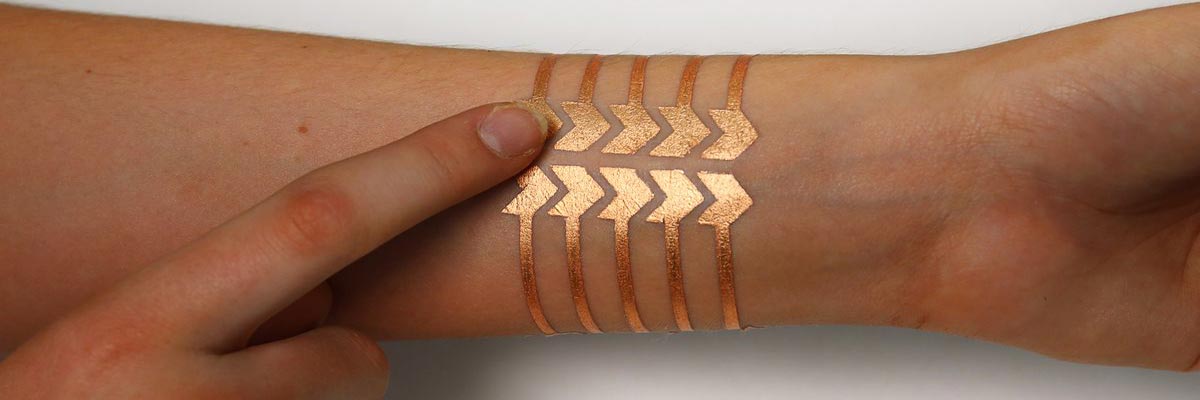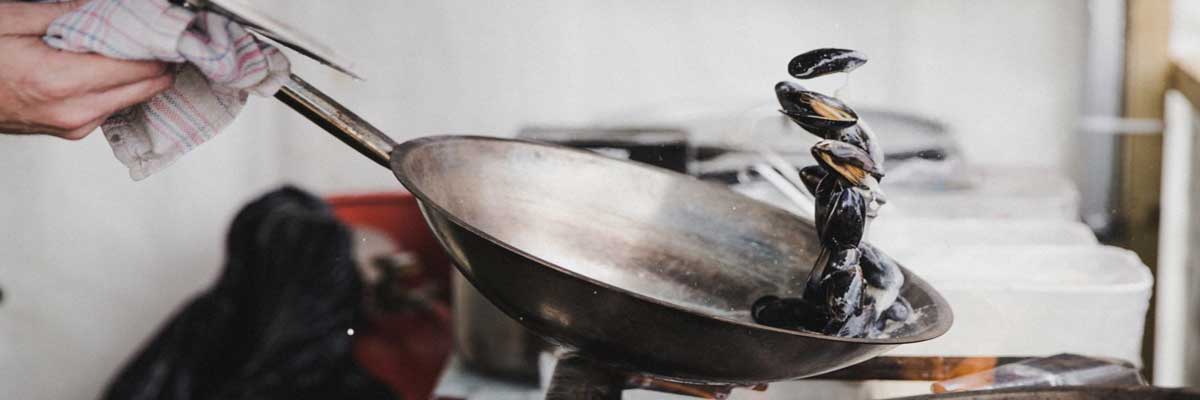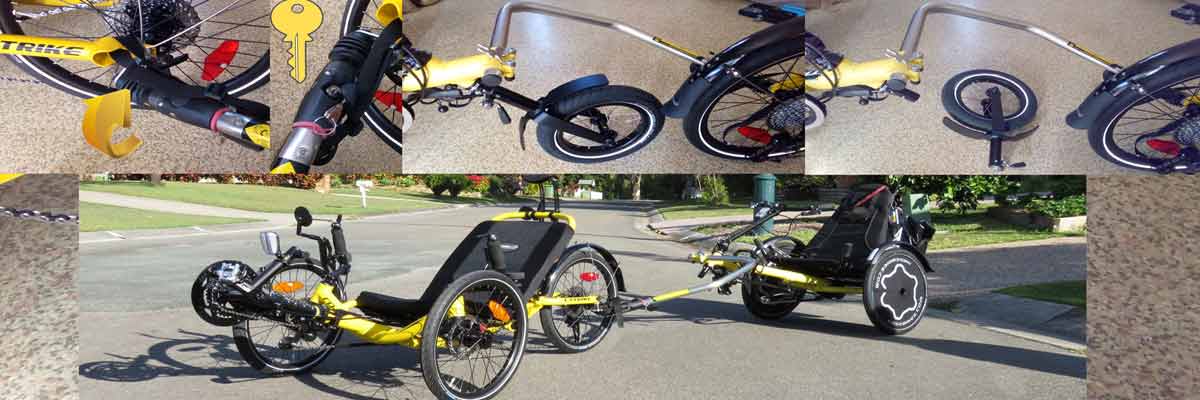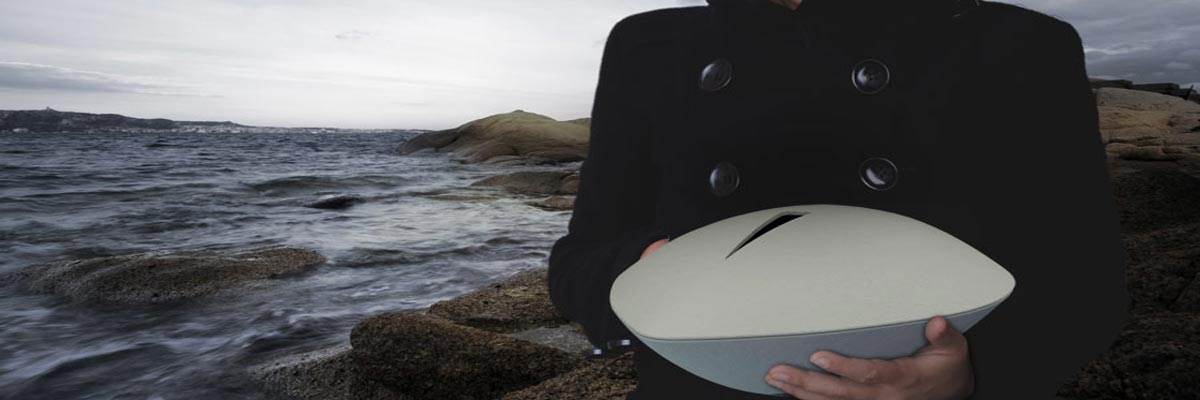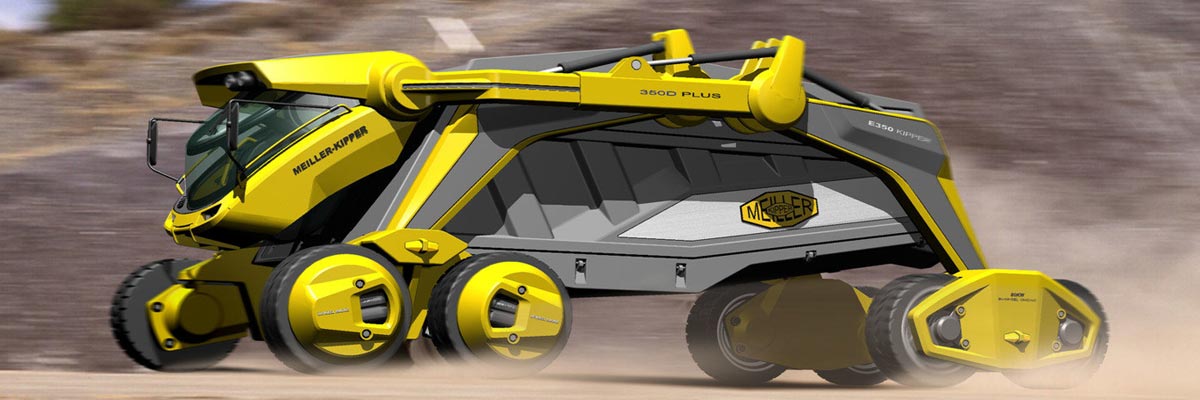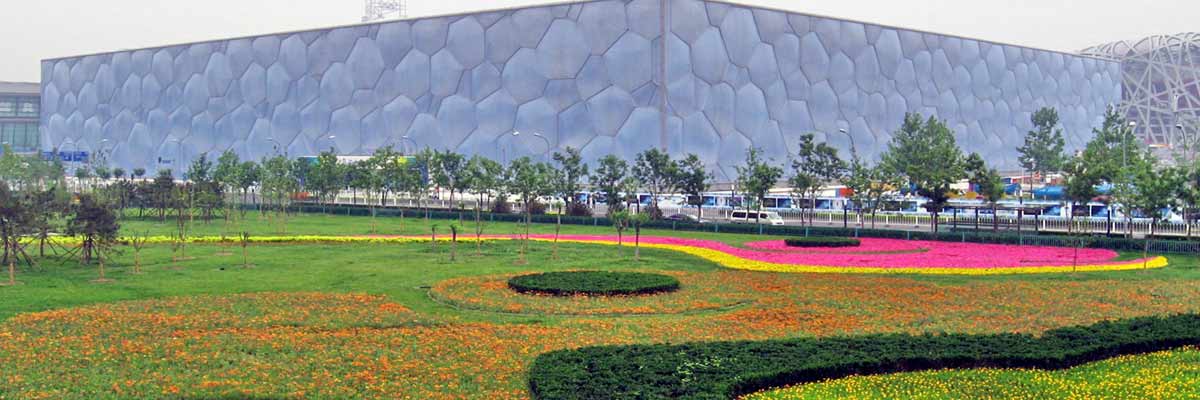Electronic Tattoo Display Draws Energy From Your Blood
We’ve all heard of alternative sources of energy from sunlight, water, and wind — but how about blood? An inventor by the name of Jim Mielke has created a bluetooth-ready, wireless, blood-fueled display that uses tiny microscopic spheres, somewhat similar to tattoo ink, to display images. Here’s how it works:
The basis of the 2×4-inch “Digital Tattoo Interface” is a Bluetooth device made of thin, flexible silicon and silicone. It´s inserted through a small incision as a tightly rolled tube, and then it unfurls beneath the skin to align between skin and muscle. Through the same incision, two small tubes on the device are attached to an artery and a vein to allow the blood to flow to a coin-sized blood fuel cell that converts glucose and oxygen to electricity. After blood flows in from the artery to the fuel cell, it flows out again through the vein.
A Treehouse For Adults That’s Also Yours To Rent
I’ve passed this treehouse before while stumbling online, but on my second time ’round I thought it was beautiful enough to pass a mention here on Groovy.
Located in wild, gorgeous British Columbia, this 15ft. tall platform home is built upon 7 trees. As one would expect, it also features some incredible design characteristics that look like something out of The Lord of the Rings; including carvings, 2 handmade spiral staircases, and rustic furniture. You’re even treated to a beautiful view of the Rocky Mountains from the living room. All this, and it’s only $150/night with access to over 320 acres of hiking, fishing, and lake activities.
Interested? Jump on over to enjoy life in the trees. Your inner-kid will thank you.
Cutting Down on Cooking Costs: Green SAHM’s Got Some Tips
Green SAHM is one of my favorite blogs in my RSS reader. Her latest post is on saving energy when cooking. Tips vary from keeping a lid on the pot on the stove, to analysis of energy costs of different cooking methods (microwave, electric oven, gas oven, slow cooker. Definitely worth a look!
From How to Use Less Energy While Cooking
Bottled Water Becomes More Fabulous. And Dumb.
We all know how down-right silly bottled water is. In today’s day and age, with some of the best municipal water infrastructures ever created, we still feel the urge to purchase and lug around “purified” water sourced from a luxurious aquifer, taken to a warehouse, bottled, and shipped to your grocery store. Meanwhile, that water fountain to you right is somehow frowned upon.
Well, unfortunately, bottled water continues its evolution and manufacturers are coming up with more and more creative ways to make you “desire” the privilege to drink their products. Take for instance this latest “designer bottle” for Fine Japon. Here’s what they were looking for:
The Dog-Powered Recumbent Trike Harnesses Man’s Best Friend
We’ve heard of dogs dragging humans through the wintry depth of the Alaskan wilderness, but this is the first engineered dog-powered trike I’ve ever laid eyes on. Inventor Mark Schuette expanded upon the idea of the dog-powered scooter (yes, it too exists) and used the “dog behind a steering wheel” configuration with ‘the added stability offered by a sit-down trike design and twice the steering power and braking power of the scooter.’ From the article,
The original scooter enables the human to ride standing up whilst the dog is harnessed into a frame and subject to steering and braking. As the scooter requires the rider to stand upright and balance it was not particularly appealing to some users (such as the elderly or physically handicapped). The new trike adopts a tadpole design (two wheels in front) and has a harness space for a dog on each side of the rear wheels. Schuette’s inventions are the first dog pulled devices to place the dog behind a steering wheel. This is designed to give the rider precision steering control of the dog making it easier and safer to ride in an urban environment.
It should be noted that while there are two spaces for more than one dog, it’s not absolutely necessary to employ 8 paws of power. Additionally, the human-powered pedal option means Fido and Spike won’t have to drag your ass around all by themselves. There’s also a fender kit included to protect the pooches from coming into contact with the rear spokes; or I imagine small rocks and such.
Leave This World In An Eco-Friendly Shell
Here’s an interesting concept from Lots Design called The Shell. Basically, it’s an eco-friendly urn created from bio-degradable pressed paper. Not only can loved-ones leave messages by writing on the outside, but there’s also a small pocket on top for personal notes and trinkets. Once placed into the ocean, the shell over time will waste away, leaving all but a memory. Plus, it looks likes the spacecraft from Flight of the Navigator. Bonus.
Green Ideas We’d Like To See: The Electric Super Tipper Truck
As a kid, no sandbox was complete without a fleet of Tonka dump trucks. Today’s kids have much cooler options; particularly if this design from Haishan Deng makes it from the drawing board and into the real world. It’s called the Super Tipper Truck and features independent suspension and electric motors in all four wheels. This allows for greater versatility in loading and unloading positions; as well as the ability drive down into pits and deliver cargo — something normal tipper trucks would have difficulty doing.
For more details, as well as a great in-depth interview with the designer, head on over to gizmag.
Mini Solar Cell Strap Is Kind Of Useful, Definitely Dorky
There are a myriad of solar cell phone chargers out there, but this is the first one I’ve found that actually encourages you to carry it around with you. I understand the frustration of a dead cell battery, but attaching something else to to your cell phone just seems cumbersome. Granted, you can charge this little device separately and then use it to power up, but eh. Looks like something that might catch on in Japan rather than the States. If this is your thing, it will be available February 9th.
Beijing’s Olympic Aquatic Centre Is A Green Wonder
Just in time for the 2008 Olympic games in Beijing, the official grand opening of the Olympic Aquatic Centre took place this past Monday in celebration of its unique architecture and eco-friendly characteristics.
The building, four years in the making, is nicknamed the “Water Cube” and is a rectangular-shaped steel design covered by a membrane of brightly lit blue bubbles. Not only are these stunning to look at, but they also serve an important purpose in reducing energy costs by 30%. The membrane is made out of a material called ETFE, (Ethylene Tetrafluoroethylene) which absorbs solar radiation and reduces thermal loss. Very similar, I suppose, to the way a solar cover works on a pool.
Not only is ETFE recyclable, but it’s also very strong; capable of bearing up to 400 times its own weight. Gizmag fills us in on additional details,
